Geosphere-Biosphere Interactions and Climate
Foreword Introduction L. O. Bengtsson and C. U. Hammer 1. The Antarctic ozone hole: a man-caused chemical instability in the stratosphere - what should we learn from it? P. J. Crutzen 2. Feedbacks and interactions between global change, atmospheric chemistry, and the biosphere M. O. Andraea 3. Atmospheric CO2 variations: response to natural and anthropogenic earth system forcings I. Fung 4. Modelling and evaluating terrestrial biospheric exchanges of water, carbon dioxide and oxygen in the global climate system M. Heimann 5. Carbon futures W. S. Broecker 6. Global climate change in the human perspective S. H. Schneider 7. Earth system models and the global biogeochemical cycles D. Schimel 8. The role of CO2, sea-level and vegetation during the Milankovitch-forced glacial-interglacial cycles A. Berger 9. Non-linearities in the earth system: the ocean's role T. F. Stocker 10. Simulations of the climate of the Holocene: perspectives gained with models of different complexity J. E. Kutzbach 11. Interactions of climate change and the terrestrial biosphere I. C. Prentice 12. The record of paleoclimatic change and its greenhouse implications W. R. Peltier 13. Long-term stability of earth's climate: the faint young sun problem revisited J. F. Kasting 14. Physical and chemical properties of the glacial ocean J. C. Duplessy 15. Ice core records and relevance for future climate variations J. Jouzel 16. Towards a new approach to climate impact studies W. Steffen 17. Future research objectives M. Heimann 18. Research objectives of the World Climate Research Programme H. Grassl Index.
{{comment.content}}
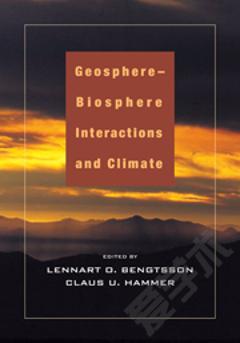
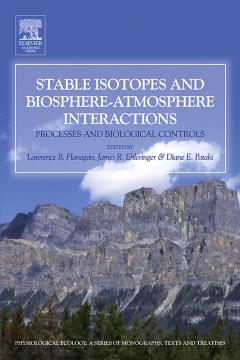
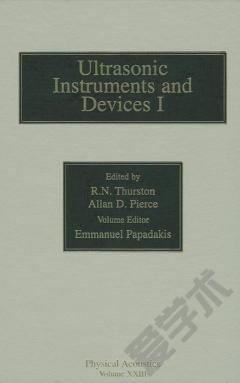
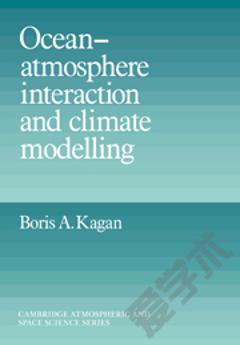

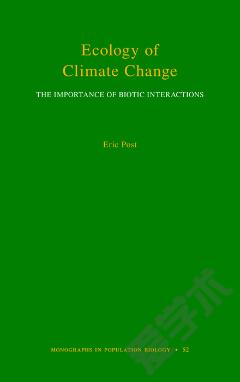
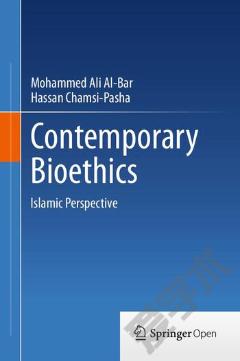

 京公网安备 11010802027623号
京公网安备 11010802027623号